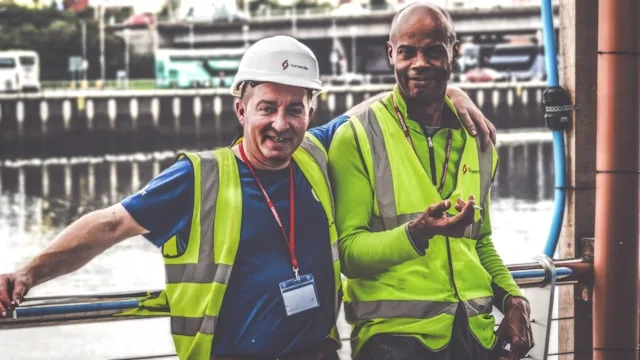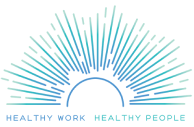To protect the vulnerable from Covid-19 requires active, assertive and comprehensive identification of 1) those at risk; 2) those infected (but not symptomatic); 3) those with active symptoms; and 4) those who have been infected and now have immunity and can safely return to work.
Groups 2 and 3 above pose great danger to our essential workers on the front line of the battle against this epidemic. To provide adequate protection to health workers — such as doctors, nurses, hospital workers — as well as essential workers — such as bus drivers, store clerks, sanitation workers, etc. — requires adequate supplies of personal protective equipment (PPE) for all essential workers as well as strong policies to maintain appropriate social distancing. Bus drivers, as an example, need masks, must maintain adequate distance from passengers, including the kind of protective barriers between themselves and passengers that banks provide to tellers and grocery stores provide people working at check out counters.
Right now (as of April 21) despite repeated promises from the President and government officials that they will provide testing materials and PPE, these are not available in sufficient numbers. Perhaps even more serious is the lack of a comprehensive plan to implement wide-scale testing and identification of people who are positive for COVID19.
A critical step in preventing a 2nd wave (assuming we succeed in flattening the current first wave) is to identify those who are infected so they can maintain appropriate social distance, not work or take sick leave and thereby not infect their fellow co-workers. A national program will require tens of thousands of working people skilled in testing and tracking COVID19 carriers to identify high risk working people.
Without implementation of a comprehensive plan to prevent or minimize a 2nd wave, in addition to maintaining current practices, we will likely see a rebound in cases, once again threatening to overwhelm our inadequate health care system.






